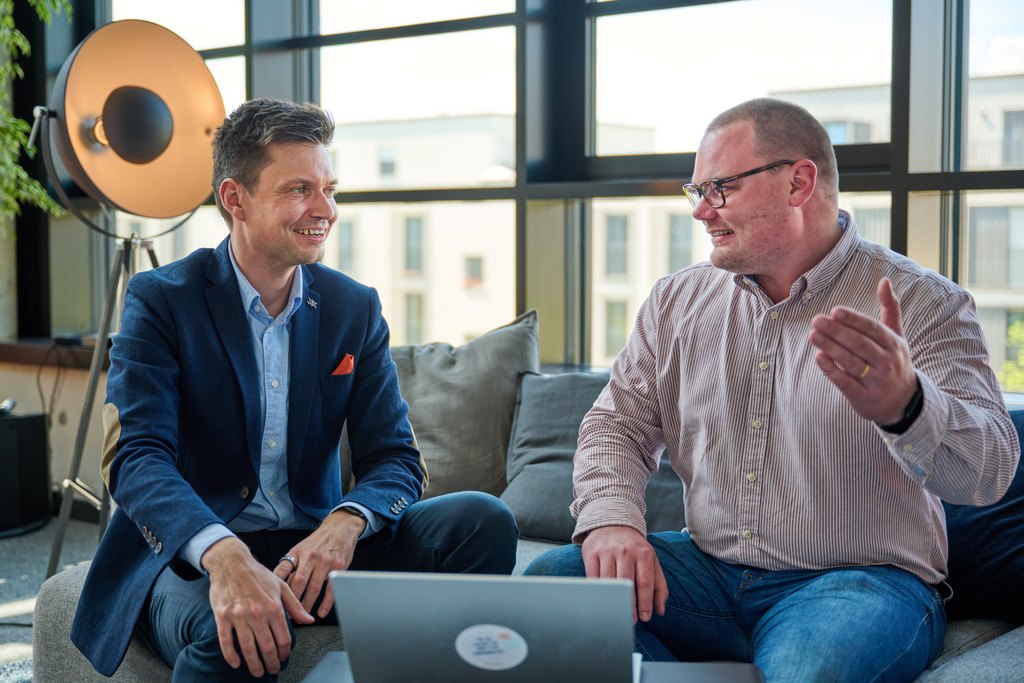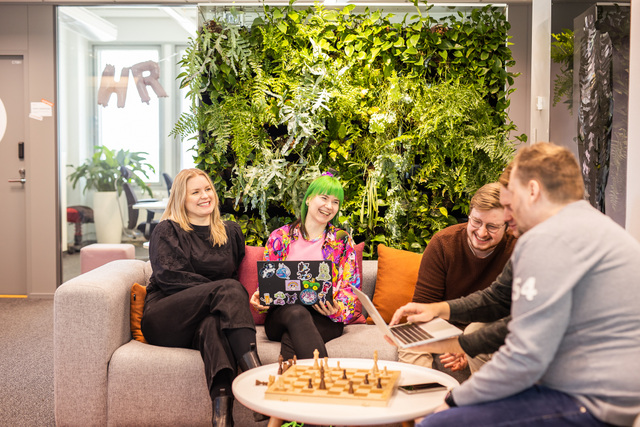The partnership was launched with ambitious goals. The plan followed a pioneering international model that focuses mainly on the results of the production plant’s digitization and modernization. It looked at how successfully production was developed and how efficient it was made.
“Our customers did not order automation or digitalization from us, but they ordered value from us,” Tuomas Humalajoki, Siemens’ Business Director, says.
The two companies came together at workshops to create a framework for the Value Creation Model, and to define the cause-and-effect relationships of different areas of operation.
An example of this is the defined value path for process reliability. As process automation increases, the amount, quality, and availability of process data improve. This, in turn, improves the degree of detail in the process data, increasing the overall precision and accuracy of the design parameters. The last step in the value path is the cost, which reflects all the factors that have an impact on productivity.
The value paths that outline the cause-and-effect relationships between different operations reveal areas that need special attention and development. Tackling and improving these areas can influence the main goal— productivity.
“Thanks to our work together, there was a significant increase in our understanding of the customer and the operation of the production plant, as well as outside technology and engineering,” Humalajoki said.



